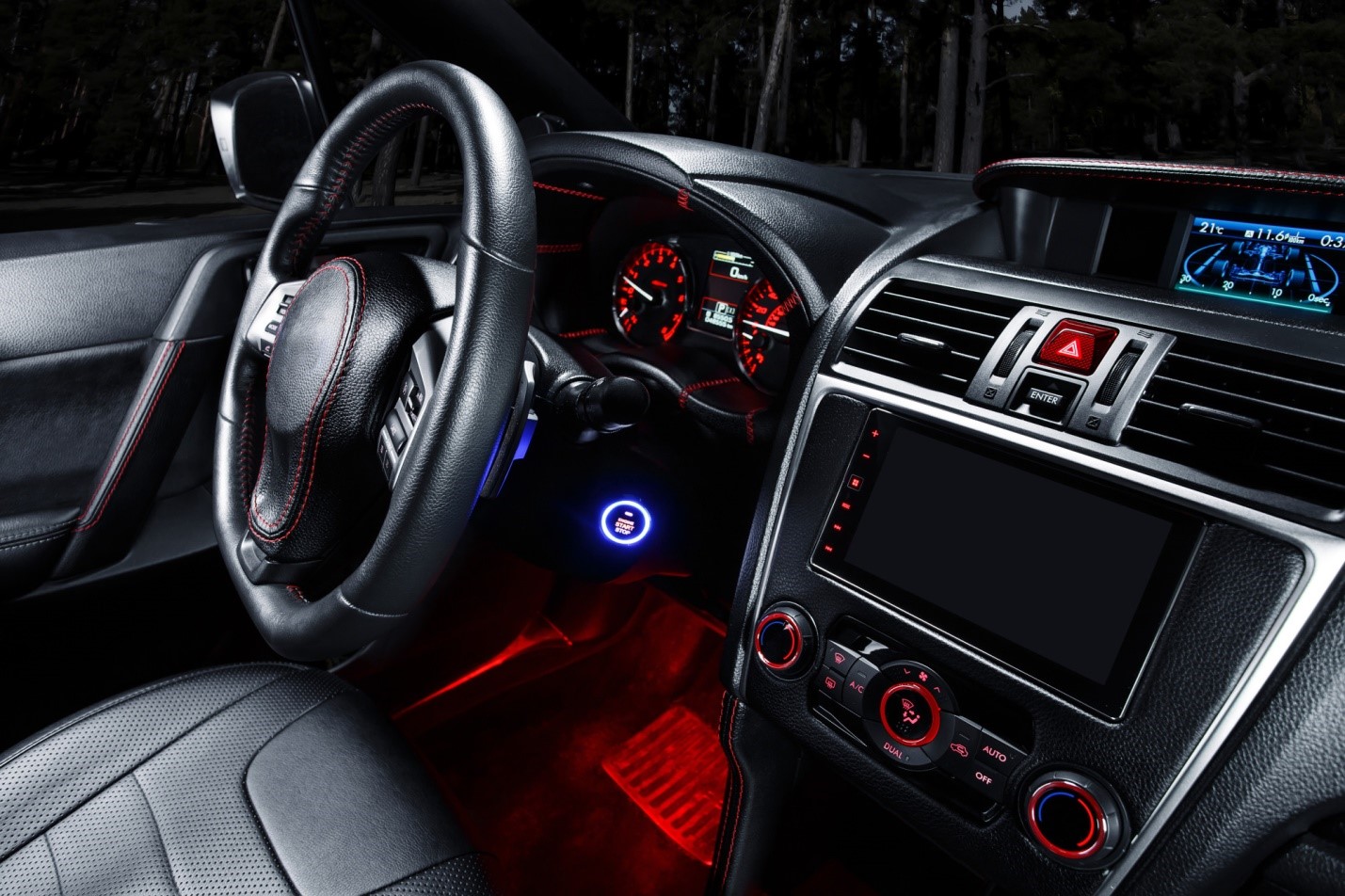Car overheating problems most of the time is caused by coolant leaks in the cooling system. Ninety percent of the time coolant leaks are easy to locate due to the fact that leaks can be obvious. Sometimes when the hood is raised coolant can be seen leaking or spraying from the problem area. The color of the coolant is green most of the time, however it could be orange or yellow depending on the make of the vehicle and the type of antifreeze that’s in the system. Remember to never open the radiator or coolant cap on a hot system, even if there is little coolant in the system, steam could spray out that can cause scalding. If the car has been overheating, it’s best to let it cool down or only add water or anti-freeze to the coolant reservoir that has a non-pressurized cap. If a pressurized cap is removed from the radiator or plastic reservoir, hot coolant can spray out.
Most common sources of coolant leaks
- Water Pump
- Radiator or Heater Hoses
- Radiator
- Heater Core
- Intake Gaskets
- Head Gaskets
If the leak is not obvious the system can be pressurized using a cooling system pressure tester. A test kit adapter can be used also to check the radiator cap, although a visual inspection of the radiator cap rubber seal can sometimes reveal wear. A faulty or blown head gasket can be a little more tricky to diagnose. A carbon test can be performed to check for the presence of exhaust fumes in the cooling system. Also a cylinder leak-down tester can be helpful to find very slow leaks in an individual cylinder or between two cylinders. Doing a compression test may help in finding problems, especially if two cylinders that are side by side share the same LOW compression reading. This would indicate that there is a head gasket leak between the two cylinders.











